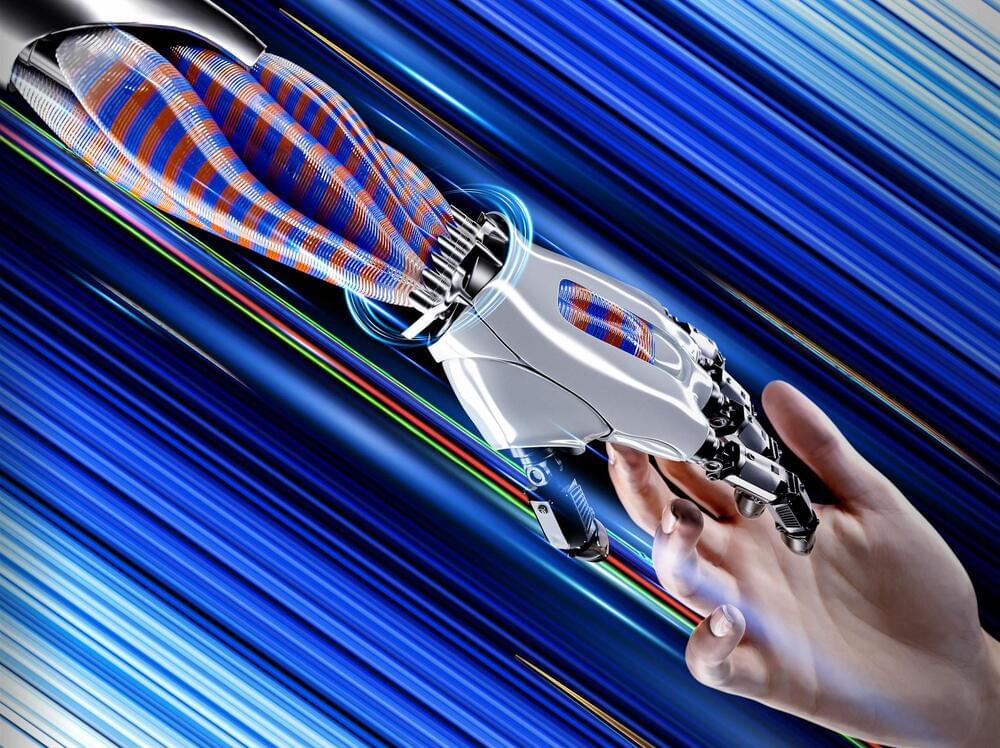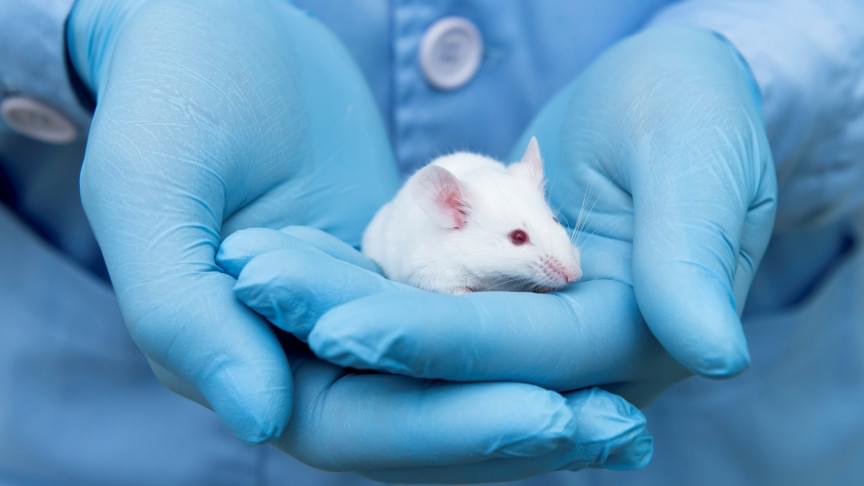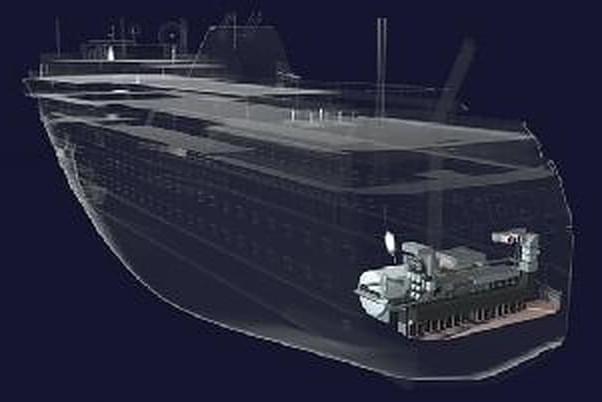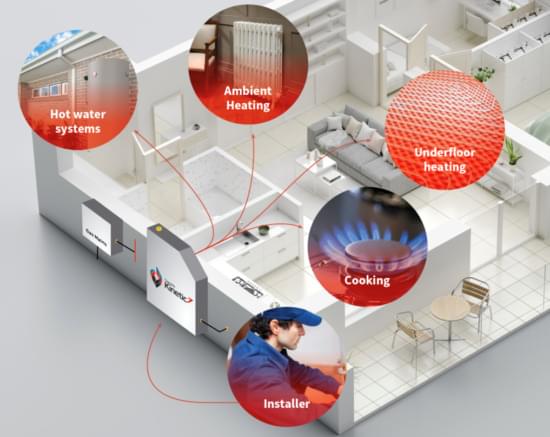Mimicking the human body, specifically the actuators that control muscle movement, is of immense interest around the globe. In recent years, it has led to many innovations to improve robotics, prosthetic limbs and more, but creating these actuators typically involves complex processes, with expensive and hard-to-find materials.
Researchers at The University of Texas at Austin and Penn State University have created a new type of fiber that can perform like a muscle actuator, in many ways better than other options that exist today. And, most importantly, these muscle-like fibers are simple to make and recycle.
In a new paper published in Nature Nanotechnology (“Nanostructured block copolymer muscles”), the researchers showed that these fibers, which they initially discovered while working on another project, are more efficient, flexible and able to handle increased strain compared to what’s out there today. These fibers could be used in a variety of ways, including medicine and robotics.






